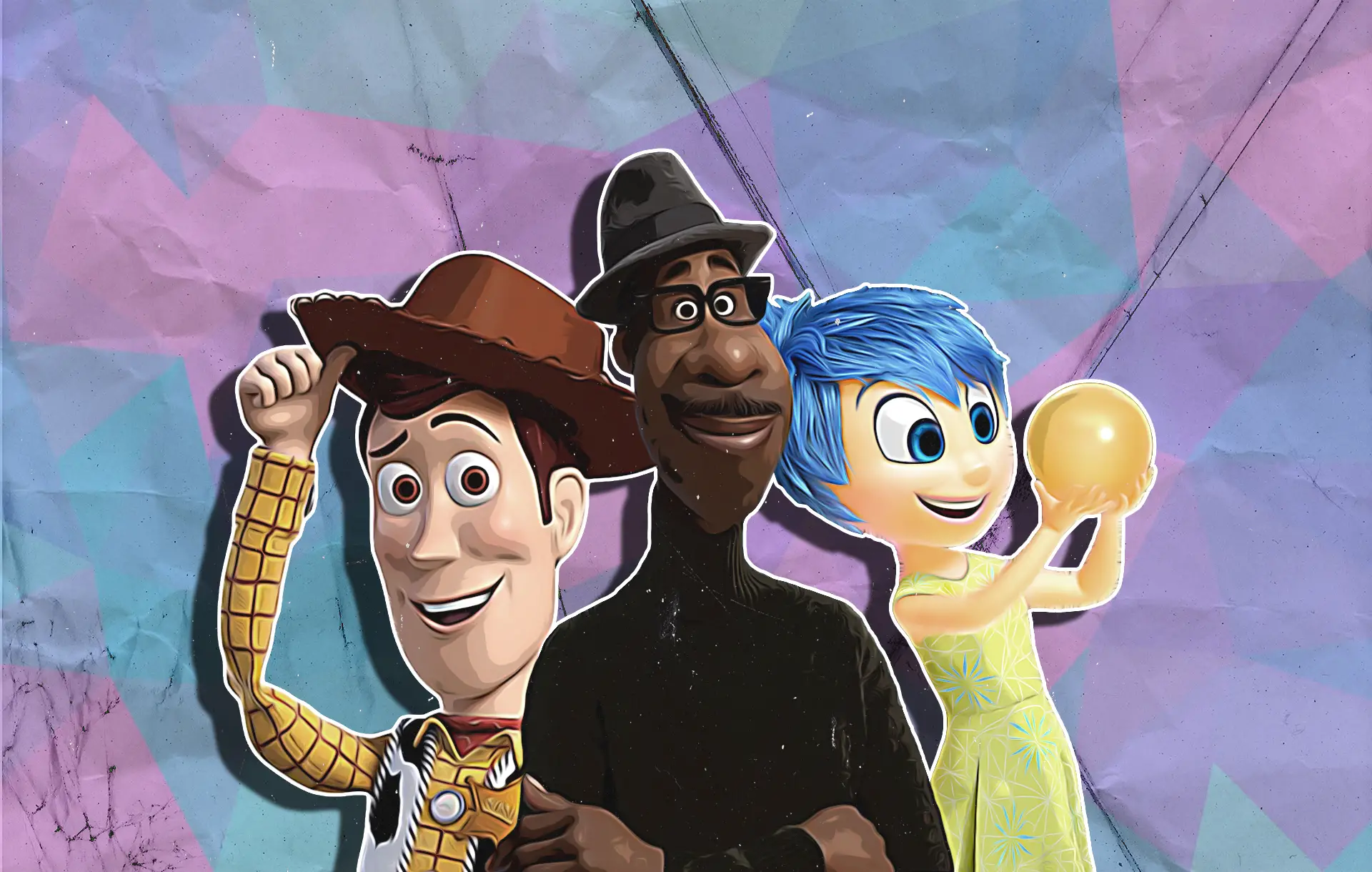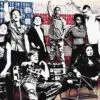Pixar Animation Studios has perfected the art of cinematic storytelling to a tee since it released its first computer-animated feature film Toy Story in 1995. Pixar is a household name that was derived from a made-up Spanish word that means “to make pictures.”
As of today, the studio has produced 23 animated masterpieces that have bagged a total of 485 awards and 1021 nominations at prestigious ceremonies such as the Academy Awards, Grammy Awards, and Golden Globe Awards. On average, Pixar generates approximately a worldwide gross of $680 million per film. This notable accomplishment was made possible by the talented creatives who have not only revolutionized animation technology but also cracked the formula of effective storytelling that never ceases to leave audiences of all ages in absolute awe time and again.
The Not-So-Secret Formula
Before the movie magic gets into the mix, a well-written screenplay is the foundation and blueprint that would dictate the process and success of a film. While writing a screenplay is a rigorous and grueling task, it is not impossible with the help of screenwriting books that offer different ways to write and structure stories. However, sometimes having numerous options only cause more confusion, complications, and could also be disruptive to the creative process.
Fortunately, former Pixar storyboard artist, Emma Coates, took the liberty to share on Twitter the studio’s basic rules and techniques that she learned throughout her career on how to effectively write remarkable stories that would truly help in expressing and bringing an original idea to life as proven by their timeless award-winning films. Not to mention, Pixar screenplays are pure art and poetry that deserve their own recognition and appreciation.
Here are Pixar’s Screenwriting Tips:
- You admire a character for trying more than for their successes.
- You gotta keep in mind what’s interesting to you as an audience, not what’s fun to do as a writer. They can be very different.
- Trying for theme is important, but you won’t see what the story is actually about ’til you’re at the end of it. Now rewrite.
- Once upon a time there was ___. Every day, ___. One day ___. Because of that, ___. Because of that, ___. Until finally ___.
- Simplify. Focus. Combine characters. Hop over detours. You’ll feel like you’re losing valuable stuff but it sets you free.
- What is your character good at, comfortable with? Throw the polar opposite at them. Challenge them. How do they deal?
- Come up with your ending before you figure out your middle. Seriously. Endings are hard, get yours working up front.
- Finish your story, let go even if it’s not perfect. In an ideal world you have both, but move on. Do better next time.
- When you’re stuck, make a list of what WOULDN’T happen next. Lots of times the material to get you unstuck will show up.
- Pull apart the stories you like. What you like in them is a part of you; you’ve got to recognize it before you can use it.
- Putting it on paper lets you start fixing it. If it stays in your head, a perfect idea, you’ll never share it with anyone.
- Discount the 1st thing that comes to mind. And the 2nd, 3rd, 4th, 5th – get the obvious out of the way. Surprise yourself.
- Give your characters opinions. Passive/malleable might seem likable to you as you write, but it’s poison to the audience.
- Why must you tell THIS story? What’s the belief burning within you that your story feeds off of? That’s the heart of it.
- If you were your character, in this situation, how would you feel? Honesty lends credibility to unbelievable situations.
- What are the stakes? Give us reason to root for the character. What happens if they don’t succeed? Stack the odds against.
- No work is ever wasted. If it’s not working, let go and move on – it’ll come back around to be useful later.
- You have to know yourself: the difference between doing your best & fussing. Story is testing, not refining.
- Coincidences to get characters into trouble are great; coincidences to get them out of it are cheating.
- Exercise: take the building blocks of a movie you dislike. How do you rearrange them into what you DO like?
- You gotta identify with your situation/characters, can’t just write ‘cool.’ What would make YOU act that way?
- What’s the essence of your story? Most economical telling of it? If you know that, you can build out from there.
The Power of the Brain Trust
Pixar’s Head of Creative Development, Mary Coleman, shared in an interview the development process that sets Pixar’s stories apart from the familiar ones produced by other studios. Their tight-knit team called the Brain Trust work closely together in building the foundation of the film starting with developing the idea, pitching overviews of the story, and providing feedback on every crucial element that makes up the narrative.
This process usually takes a full year to a year and a half to accomplish, and the goal is to have a polished outline so they can proceed to the next stage which is the actual writing of the first draft of the script. Having an exhaustive outline with different versions of the story would solidify the essence and heart of what you are trying to communicate to an audience, which also helps everyone to stay on track and successfully achieve their collective goal.
By not being confined to a strict structure as depicted in books, it gives them the creative freedom to shape and serve the story better
Interestingly, the studio’s creative team or story artists are not too enthusiastic about referring to academic literary terms and choose not to use the traditional or formulaic storytelling structures found in textbooks except Aristotle’s basic concept of storytelling having a beginning, middle, and end. By not being confined to a strict structure as depicted in books, it gives them the creative freedom to shape and serve the story better. As film is a visual medium, Coleman emphasized that it is crucial for the elements of the written drafts to be visually executed for it to truly work for the screen. If the visual story doesn’t work, Pixar artists stop at nothing to get it right even if it means going back to square one.
It is also important to keep in mind that the story is always a work in progress, which means that one must be open to changes whether it may be in editing the animation, rewriting dialogue, or adjusting performances. At the end of the day, you want to constantly improve the story by testing different possibilities and outcomes.
While it usually takes an average of 5 years from development to post-production, this extensive and meticulous process is the reason why Pixar stories are consistently cathartic, picture-perfect, and memorable. We owe it all to the talented Pixar creatives who have formed an elaborate system that thoroughly champions an idea from conception to execution.
Exploring the Human Condition
While films are completely subjective, it’s rare to find people disagreeing with each other over Pixar stories. It has mastered the method of incorporating universal themes, characters, and emotions that both children and adults could relate to, no matter where they come from.
Coleman expressed that the reason for such realization is due to the fact that their team focuses on exploring existential human conditions, oftentimes, writing stories and characters based on their personal life experiences. For instance, Inside Out (2015) was inspired by veteran director and co-writer, Pete Docter’s personal experience with his daughter who was going through developmental changes as she transitioned to adolescence. Dubbed as the most metaphysical Pixar film thus far, the story behind Soul (2020) was also a product of Docter’s reflection on his life’s purpose, contemplating whether making animated films was what he was called to do with his limited time on earth.
Their team focuses on exploring existential human conditions, oftentimes, writing stories and characters based on their personal life experiences
Pixar’s rich and reflective depiction of values, ethics, and complex human emotions ranging from loss, sadness, anger, joy, and compassion in a thoughtful yet childlike manner makes it a comforting companion and engaging endeavor for a wide array of audiences. The studio’s ingenious approach, techniques, or so-called formula in crafting stories ultimately helps in shaping and building our moral compass at a young age, which leaves a positive and lasting impact on our lives in such a way that other films could never live up to.




